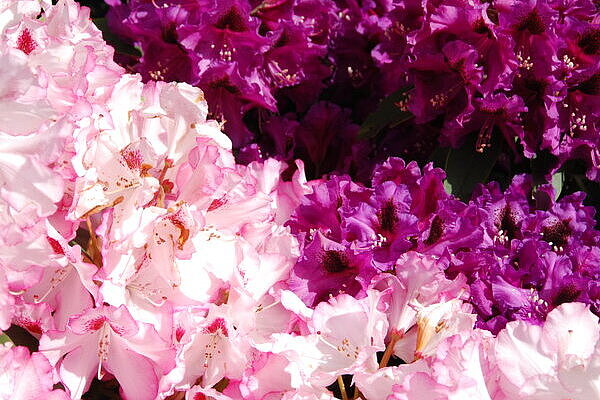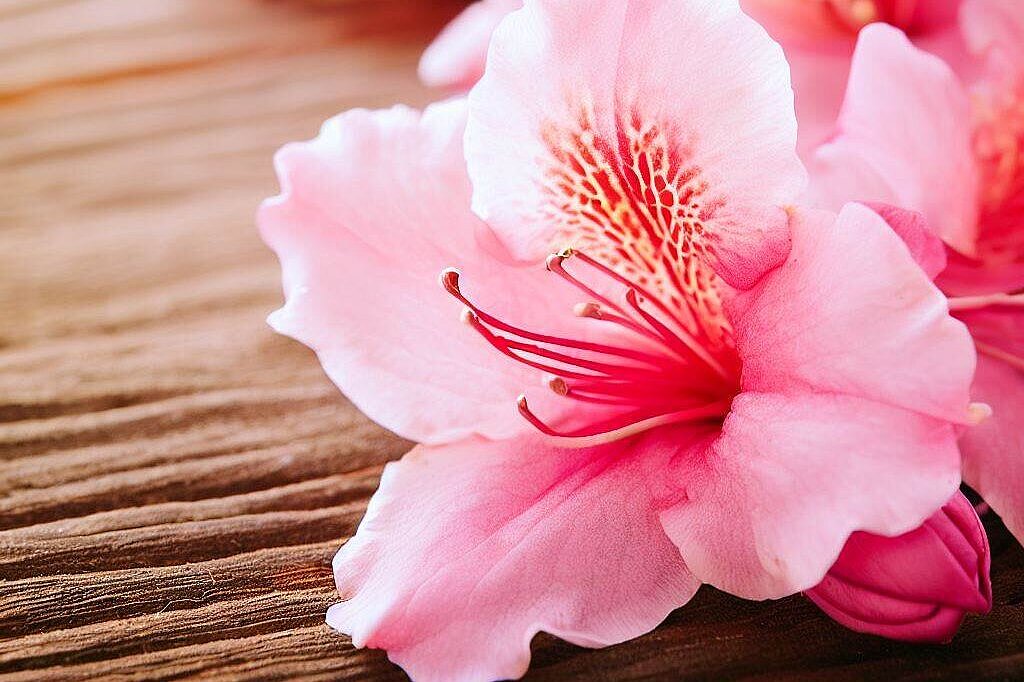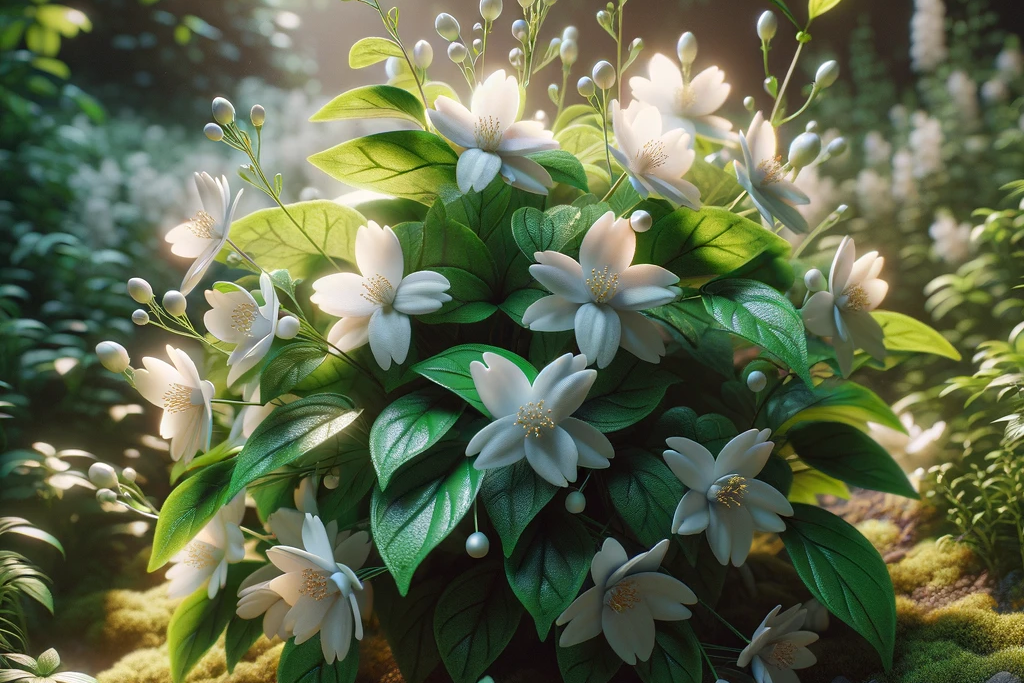Camellias

Camellias, with their lush flowers and glossy evergreen leaves, are a fascinating sight in many gardens and parks. These aesthetically pleasing plants, primarily native to Asia, have found their way into the hearts and gardens of plant lovers around the world. While camellias are undoubtedly an asset to the garden landscape, it's important for dog owners to understand the potential risks these plants can pose to their four-legged friends. In this article, we take an in-depth look at camellias, highlighting their characteristics and discussing the benefits as well as the potential dangers to dogs.
What are camellias?
Camellias are a genus of flowering plants in the tea family (Theaceae), characterized by their beautiful, often fragrant flowers and shiny, evergreen leaves. There are over 100 species of camellia, the best known of which is probably the camellia japonica. These plants bloom in a variety of colors, including white, pink, red and even patterned varieties. Camellias are not only prized for their beauty, but also for their robustness and longevity.
Advantages of camellias
Aesthetic value
- Beautify the garden: camellias are an excellent choice for garden lovers who want to beautify their outdoor space with vibrant colors and textural greenery.
- Long flowering period: Many camellia species bloom over a long period of time, some even in winter, bringing color to the dull season.
Ecological value
- Bee and butterfly magnet: The flowers attract pollinating insects, which contributes to the health of the ecosystem.
Disadvantages of camellias for dogs
While camellias offer many benefits for humans, they can pose certain risks for dogs. It is important to note that camellias themselves are not considered highly toxic to dogs. However, like many garden plants, they can cause gastrointestinal discomfort if eaten.
Potential health risks
- Gastrointestinal irritation: Dogs that eat parts of the camellia plant may experience symptoms such as vomiting, diarrhea and loss of appetite.
- Allergic reactions: Although rare, some dogs may have allergic reactions to contact with camellias, which can lead to skin irritation.
Safety first
Camellias are undoubtedly an asset to any garden, but they come with potential risks for our dogs. As responsible dog owners, it is important to choose the plants in our garden carefully, keeping the welfare of our furry family members in mind. If you have camellias in your garden, make sure that your dog does not have the opportunity to eat or play with the plants. By creating a safe environment for our dogs, we can enjoy the beauty of our gardens without jeopardizing the health of our faithful companions.
If you notice any signs of hypersensitivity or poisoning in your dog, you should see your vet immediately. We are not a substitute for a vet, but we try to be as accurate as possible. Every dog reacts differently and we recommend you get a second opinion or consult your vet if in doubt.
Stay healthy and take good care of your four-legged friend!😊
Similar to Camellias
Rhododendron belongs to the heather family and comprises more than 1000 species that can be found in different regions of the world. Most varieties bloom in spring, some also in summer or fall....
Magnolias are an ancient and diverse genus of plants found in temperate to subtropical regions around the world. They are known for their large, showy flowers and are often cultivated for their...
Azalea is a genus of plants in the heather family. There are more than 1000 species of azalea, most of which are native to Asia. They are characterized by their lush flowers, which shine in...
True jasmine (Jasminum officinale) belongs to the olive family and is mainly native to warmer climates. The plant is known for its white, fragrant flowers, which bloom in the summer months and have...



